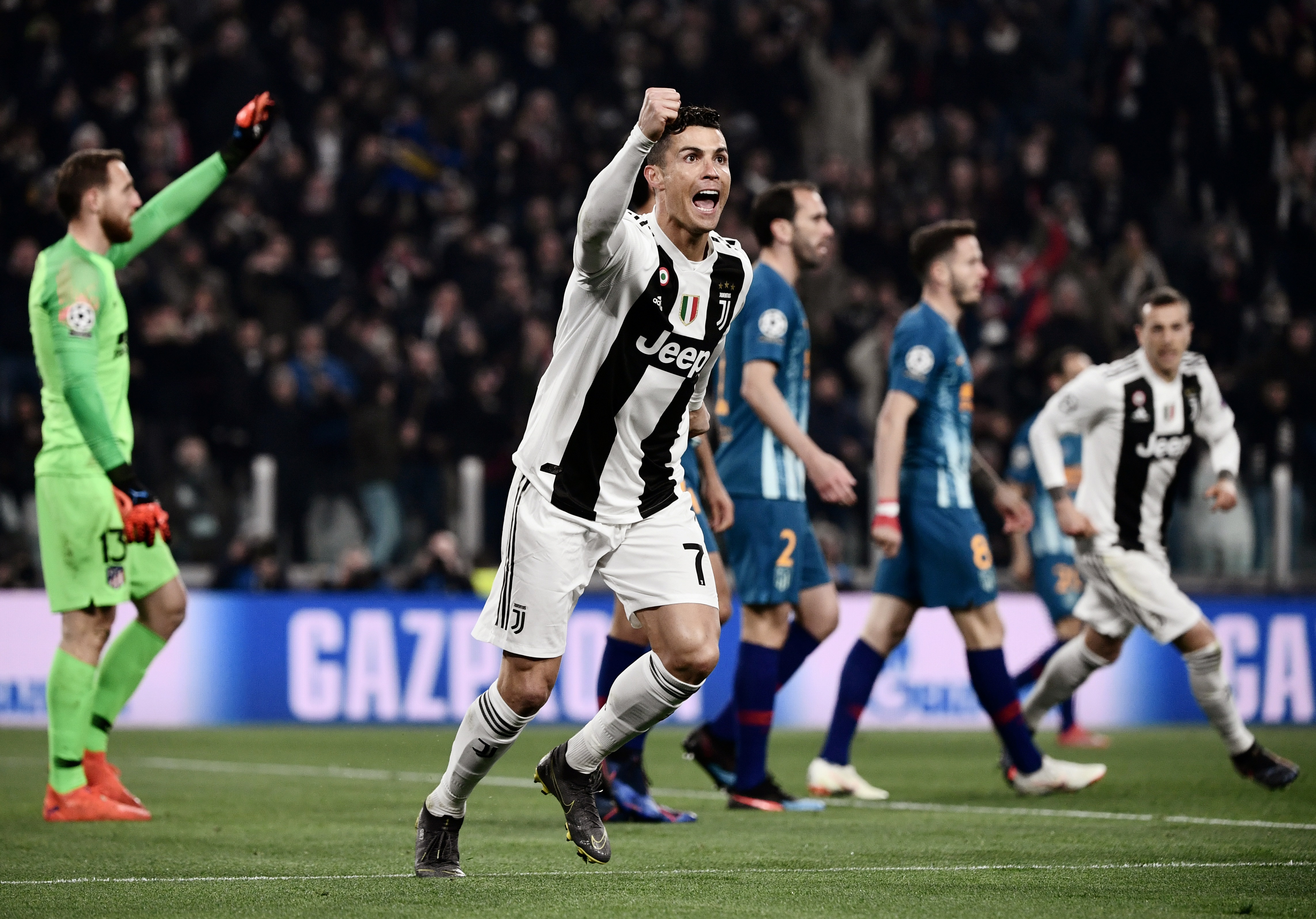A shift away from the increasingly popular 4-2-3-1
It's a system used and abused by the best in the business - but are times a'changing? Nick Harris discusses...
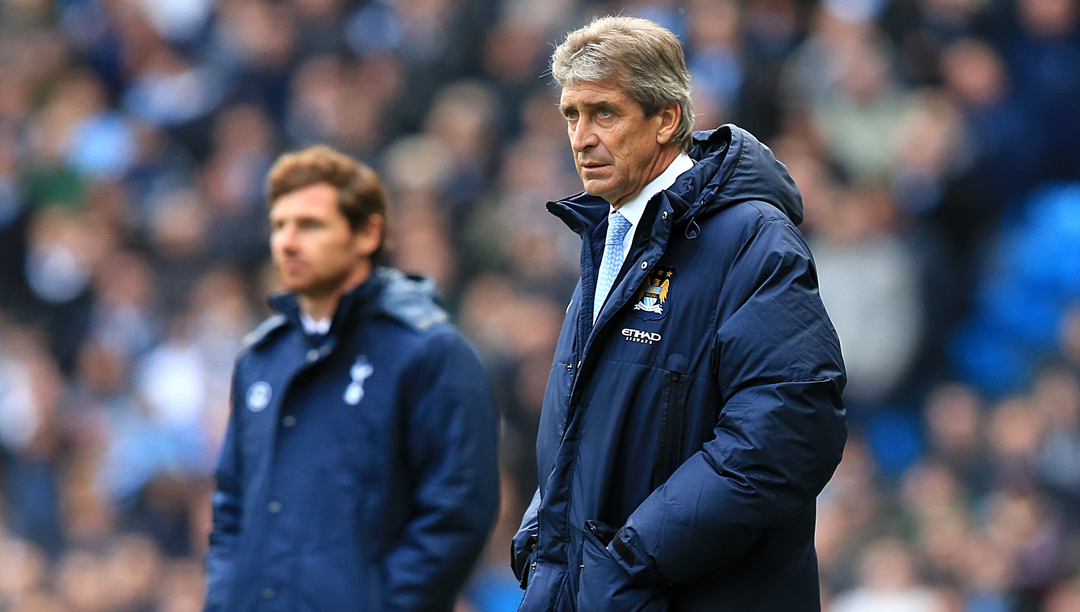
The key to any formation is having the right players.
"Well duh," you say, but since tactics are often so fancifully tied into trends many managers within a given league, or even a whole continent, will frequently subscribe to the same particular system with puzzling disdain for personnel.
Last season's favoured option for the Premier League's top sides was a 4-2-3-1 system. Each team put their own unique spin on this - heck, some even claimed to be using a 4-4-1-1 - but we can safely disregard such notions for the sake of this argument: so 4-2-3-1 it is.
The system has its merits, as all do, but also comes with baggage. Having what is apparently a front four and a back six can lead to a divide in the team - and starting each match with two holding midfielders only exacerbates this, stifling and slowing attacking play while the midfield lumbers forward to join in.
Get FourFourTwo Newsletter
The best features, fun and footballing quizzes, straight to your inbox every week.
A 4-2-3-1 can also be exposed by teams with good wide players, as Atletico Madrid ruthlessly demonstrated when they tore Chelsea apart in the Super Cup final last season. The wingers in such a system are part of the attacking unit, and if they fail to track back the defensive midfield duo are left with extra work to cover the flanks.
Both of these problems are addressed in a 4-3-3 system with a third central midfielder. Generally one player sits in front of the defence, allowing the other pair to link with the three-man attack, as well as helping to cover the wings when defending.
The midfielders in this system are key and without the right kind of player it becomes unworkable. Andre Villas-Boas, a notoriously keen advocate, largely avoided it last season because he simply didn't have the appropriate personnel at Tottenham. The Portuguese has sought to resolve this by bringing in Paulinho and Etienne Capoue, while the recovery of Sandro from long-term injury adds to his options.
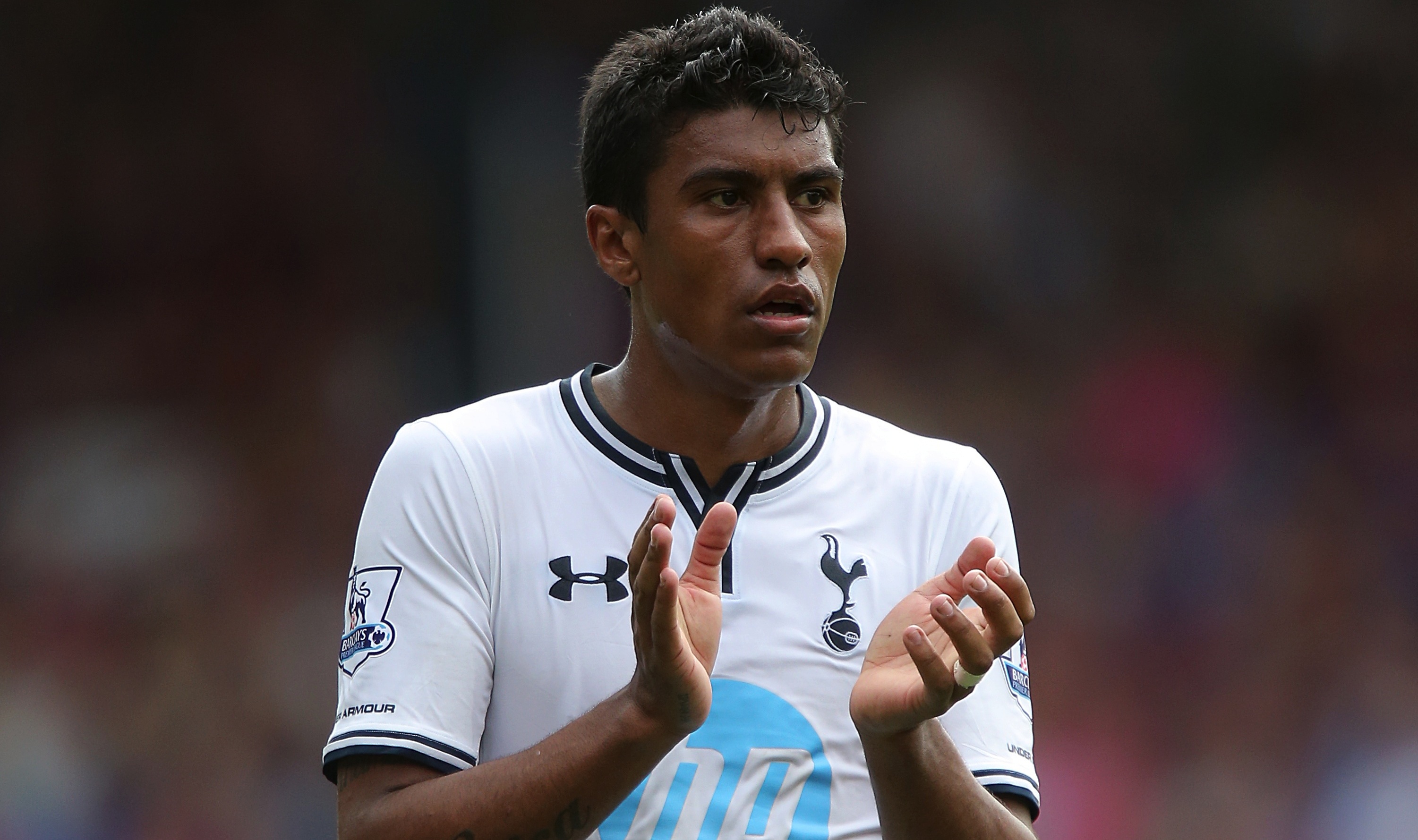
The midfielders in a 4-3-3 must be able to satisfy everyone's needs: strong in defence and mobile enough to enforce an effective pressing game, but also comfortable on the ball and able to move play quickly upfield. They should also be handsome, have a good sense of humour and enjoy long walks on balmy spring mornings (not really, we made those ones up).
Spurs, alongside Manchester City, are believed to be preparing a switch to 4-3-3 this season - and last term's match between the two sides at White Hart Lane might indicate why.
Both sides struggled to find space, with Spurs using a 4-2-3-1 and City a slightly different 4-4-1-1. In the second half Villas-Boas, with his side 1-0 down, switched to a 4-3-3 that saw Spurs quickly take control of midfield and expose the City's full-backs. Gareth Bale ran riot on the right to steer the hosts to a 3-1 victory.
Having learned of the 4-3-3 system's effectiveness against a 4-2-3-1, the two teams may hold some advantage against other sides who stick with the same approach. There will be subtle differences in each team's approach, of course - not everyone has City's options to wield in midfield - and no two managers are the same (even if we secretly wish they were all as well groomed as AVB).
Villas-Boas, who enjoys a ludicrous piece of football terminology more than most, is a fan of "vertical football". His midfielders, particularly the holding player, must be able to spray accurate passes to the attackers as well as carry the ball forward. This explains the acquisition of Capoue, who has a superior range of passing to Sandro, and willingness to break their transfer record for Roberto Soldado, a centre forward who prides himself on feeding off long passes and getting shots in quickly.
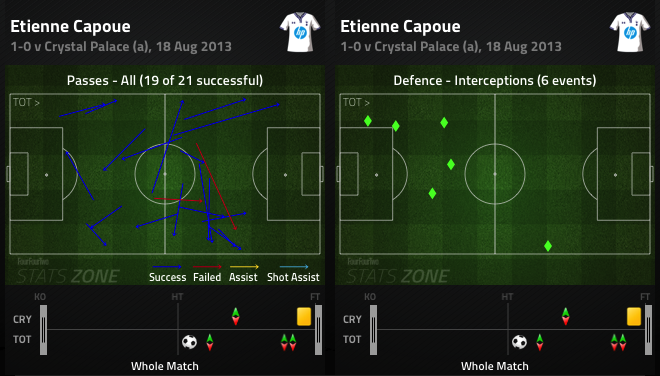
Villas-Boas is also a fan of a high-pressing game in which his side win back the ball deep in the opposition half to create chances while defence and midfield are in attacking positions. This could see the more advanced pair in his three-man midfield chosen from Paulinho, Mousa Dembele and Lewis Holtby, whose harrying, ball-winning and creativity could get the nod ahead of a more technical player like Gylfi Sigurdsson.
The front three in a Spurs 4-3-3 will likely involve inverted wingers, with Aaron Lennon likely to take up the right-wing position should Bale head to the Bernabeu, and new signing Nacer Chadli cutting in from the left.
Villas-Boas is likely to use many typical aspects of a 4-3-3 as he has done before - but Manuel Pellegrini is not the driving force behind change at Manchester City, and so his team will likely have several differences.
It is the backroom staff at City, and in particular former Barcelona man Txiki Begiristain, that have installed the formation in every level at the club. The former Malaga coach has often preferred to use two strikers in an outdated 4-4-2 system - which he did in their opening day demolition of Newcastle - and his summer signings indicate there will be some unconventional aspects to any 4-3-3 he uses.
Jesus Navas is a prototype old-fashioned winger, and whatever formation his job will remain the same - beat your man and provide crosses from the flank. He doesn't cut inside and carry a goal threat in the same way Bale does, but he should link well with whichever of the club's four high-quality strikers are selected.
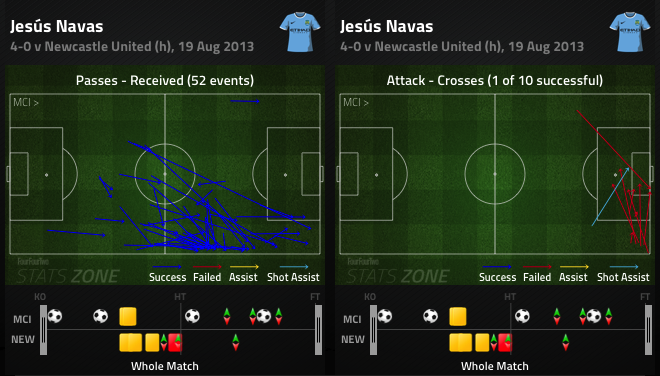
It's also likely Pellegrini will use a more technical player at the head of a midfield trio, with David Silva or Samir Nasri backed up by the deeper pair of Fernandinho and Yaya Toure. The Spaniard could even play Sergio Aguero or Stevan Jovetic behind the striker, effectively reverting City back to a 4-2-3-1.
Spurs, with Villas-Boas at the helm, have bought players designed for the 4-3-3 system he is looking to implement. City, meanwhile, have catered to Pellegrini’s taste in the transfer market and therefore could take a wildly different approach to the north London side - even if both notionally use the same formation.
